What is a Concrete Mixer?
A concrete mixer is a machine that combines cement, aggregates, and water to form concrete. It ensures a uniform mixture through mechanical stirring.
Key Functions of a Concrete Mixer:
- Mixing Components: Integrates cement, sand, gravel, and water.
- Homogenization: Ensures even distribution of materials.
- Discharge: Transfers mixed concrete to desired location or container.
Types of Concrete Mixers:
- Batch Mixers: Mix concrete in specific quantities.
- Continuous Mixers: Constantly mix concrete for large-scale projects.
Operating Principle:
- Loading: Add cement, aggregates, and water into the mixer.
- Mixing: Rotate drum or blades to blend the materials.
- Discharging: Release the mixed concrete for use.
Concrete mixers are essential in construction for efficient and consistent concrete preparation.
What is the difference between a concrete mixer and a cement mixer?
A concrete mixer combines cement, aggregates, and water to form concrete, while a cement mixer specifically mixes cement with water. Essentially, a concrete mixer creates the final concrete product, whereas a cement mixer prepares the cement that will be used in the concrete.
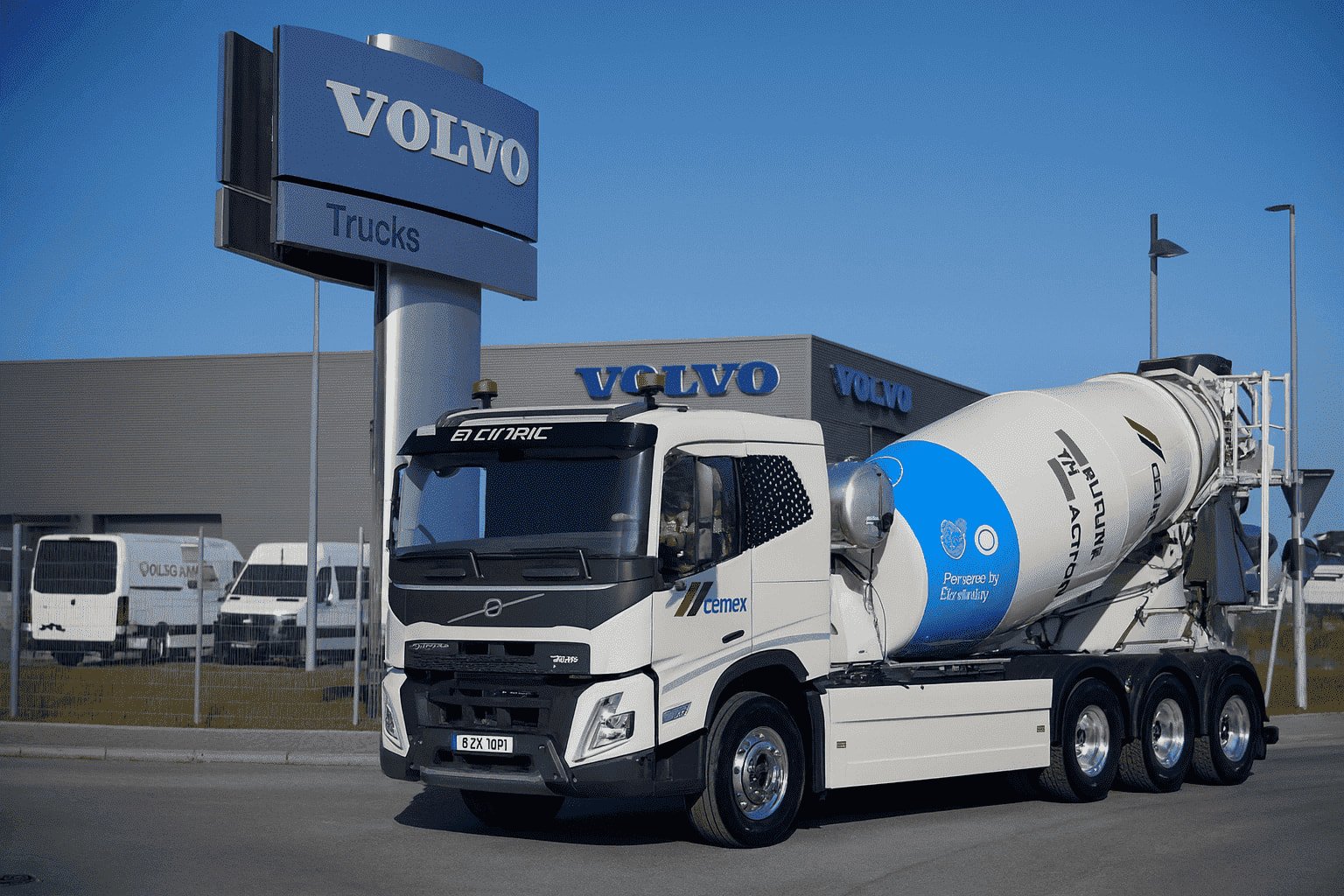
Key Differences
- Purpose:
- Concrete Mixer: Produces concrete by mixing cement, sand, gravel, and water.
- Cement Mixer: Mixes cement with water to produce a paste.
- Usage:
- Concrete Mixer: Used in construction to create concrete for foundations, driveways, and other structures.
- Cement Mixer: Typically used in smaller projects or as part of a larger concrete mixing process.
- Components:
- Concrete Mixer: Includes a rotating drum, mixing blades, and usually has a larger capacity.
- Cement Mixer: Often smaller, with simpler mechanisms focused on mixing cement and water.
Summary
In summary, while both mixers involve cement, a concrete mixer is used to create the final concrete mixture, whereas a cement mixer focuses on preparing cement paste. Understanding this distinction is crucial for selecting the appropriate equipment for your construction needs.
What are the Three Types of Concrete Mixers?
The three main types of concrete mixers are batch mixers, continuous mixers, and drum mixers. Each type serves specific purposes in construction projects, offering different advantages based on the scale and nature of the work.
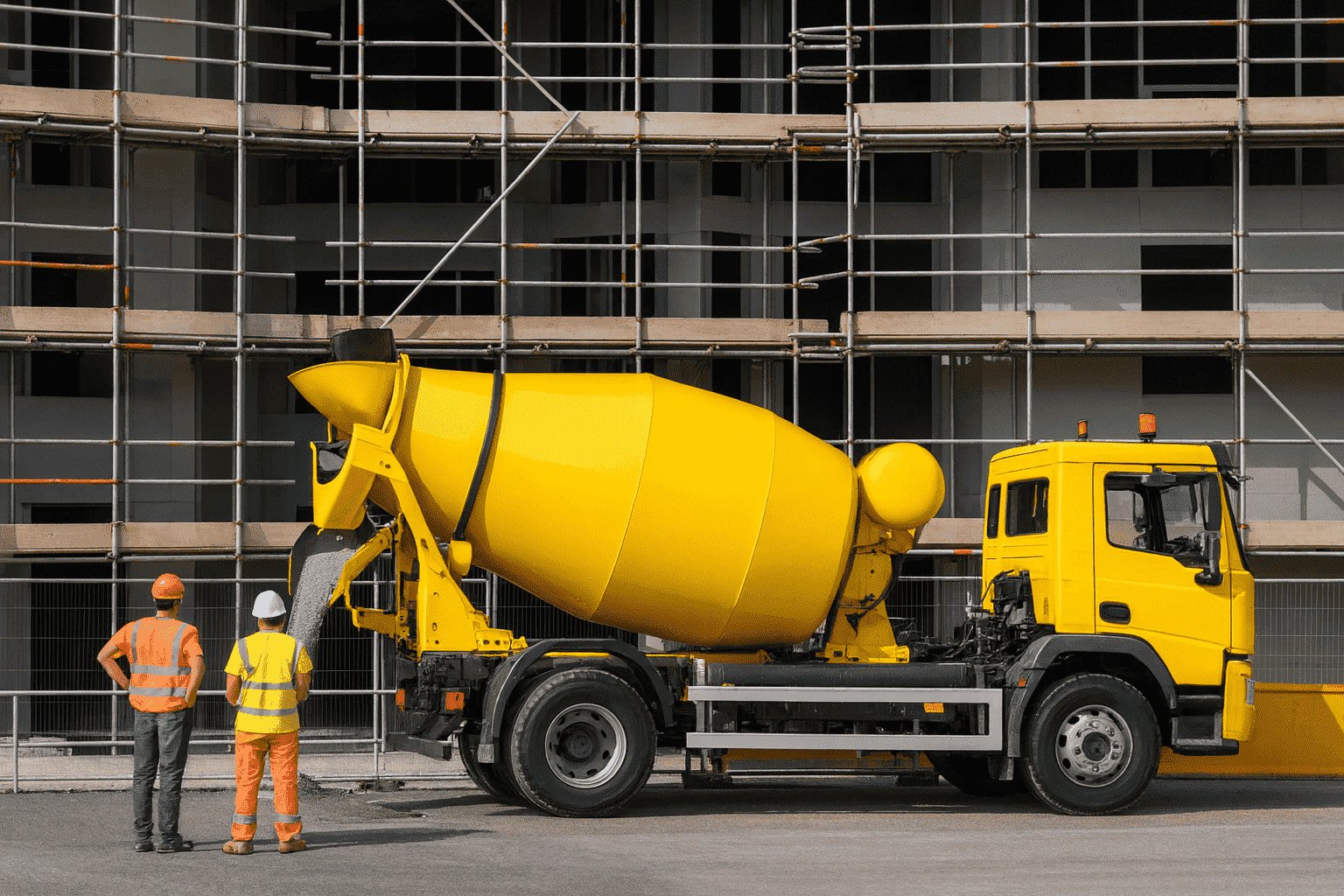
Batch Mixers
- Definition: Mix concrete in batches, typically one at a time.
- Use Case: Ideal for small to medium-sized projects.
- Advantages: Precise control over mix proportions.
Continuous Mixers
- Definition: Continuously mix and discharge concrete.
- Use Case: Suitable for large-scale projects requiring a constant supply of concrete.
- Advantages: High efficiency, reduced labor cost.
Drum Mixers
- Definition: Utilize a rotating drum to mix concrete.
- Use Case: Common in both small and large projects.
- Advantages: Versatile and widely available.
Understanding these types helps in selecting the appropriate mixer for specific project needs, ensuring efficiency and quality in construction.
How do I choose a concrete mixer?
To choose a concrete mixer, consider the project size, mixer type, drum capacity, power source, and ease of mobility. Select a mixer that matches your specific needs and budget.
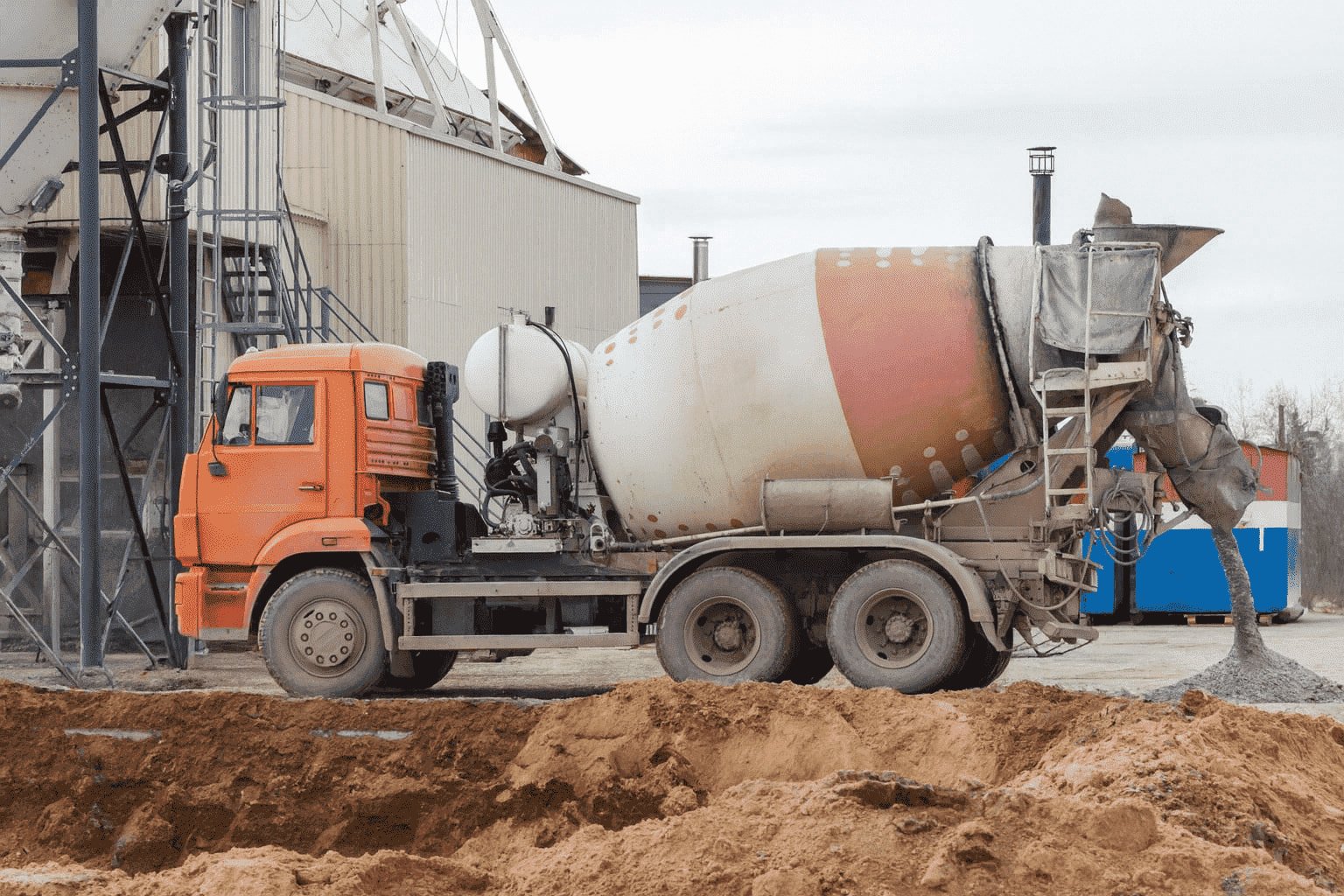
Key Factors to Consider
- Project Size:
- Small Projects: Portable mixers are ideal for home repairs or small constructions.
- Large Projects: Stationary mixers or truck-mounted mixers suit commercial or industrial use.
- Mixer Type:
- Batch Mixers: Suitable for producing concrete in batches.
- Continuous Mixers: Best for large, ongoing projects requiring a steady supply of concrete.
- Drum Capacity:
- Measure your required concrete volume and select a drum size that can efficiently handle your needs.
- Power Source:
- Electric Mixers: Ideal for indoor use or areas with easy access to electricity.
- Gasoline/Diesel Mixers: Suitable for remote locations without electrical supply.
- Mobility:
- Consider the ease of transport and if the mixer needs to be moved frequently around the job site.
By evaluating these factors, you can select the most suitable concrete mixer for your specific construction requirements.
What Size Concrete Mixer Do I Need?
For most small to medium-sized home projects, a 3.5 to 5 cubic foot concrete mixer is sufficient. These mixers can handle batches of concrete that are manageable for DIY tasks without requiring excessive physical labor.
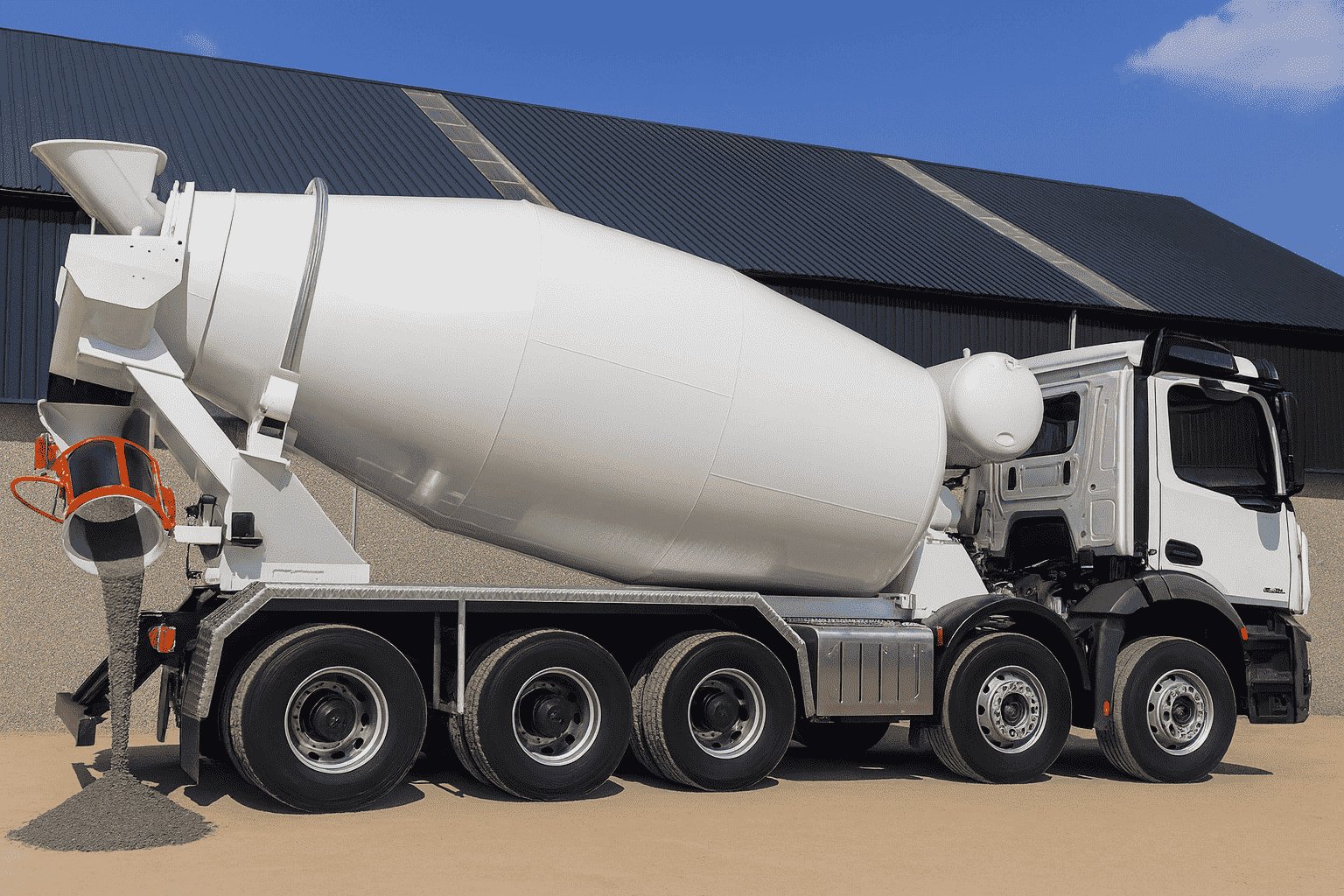
Factors to Consider:
- Project Scale: Determine the total volume of concrete you will need.
- Batch Size: Calculate how much concrete you can mix at one time.
- Portability: Consider the ease of transporting the mixer to your worksite.
- Power Source: Decide between electric or gas-powered mixers based on your power availability.
Common Mixer Sizes:
- 3.5 Cubic Feet: Suitable for small projects like garden paths and patios.
- 5 Cubic Feet: Ideal for medium projects such as driveways and small foundations.
By evaluating these factors, you can choose the appropriate concrete mixer size for your project needs.
What is the Difference Between Concrete and Cement and Mortar?
Concrete, cement, and mortar are distinct building materials with specific uses and compositions. Cement is a fine powder that acts as a binder. Mortar is a mixture of cement, sand, and water, used to bond bricks or stones. Concrete is a composite material made of cement, sand, gravel, and water, used for structural purposes.
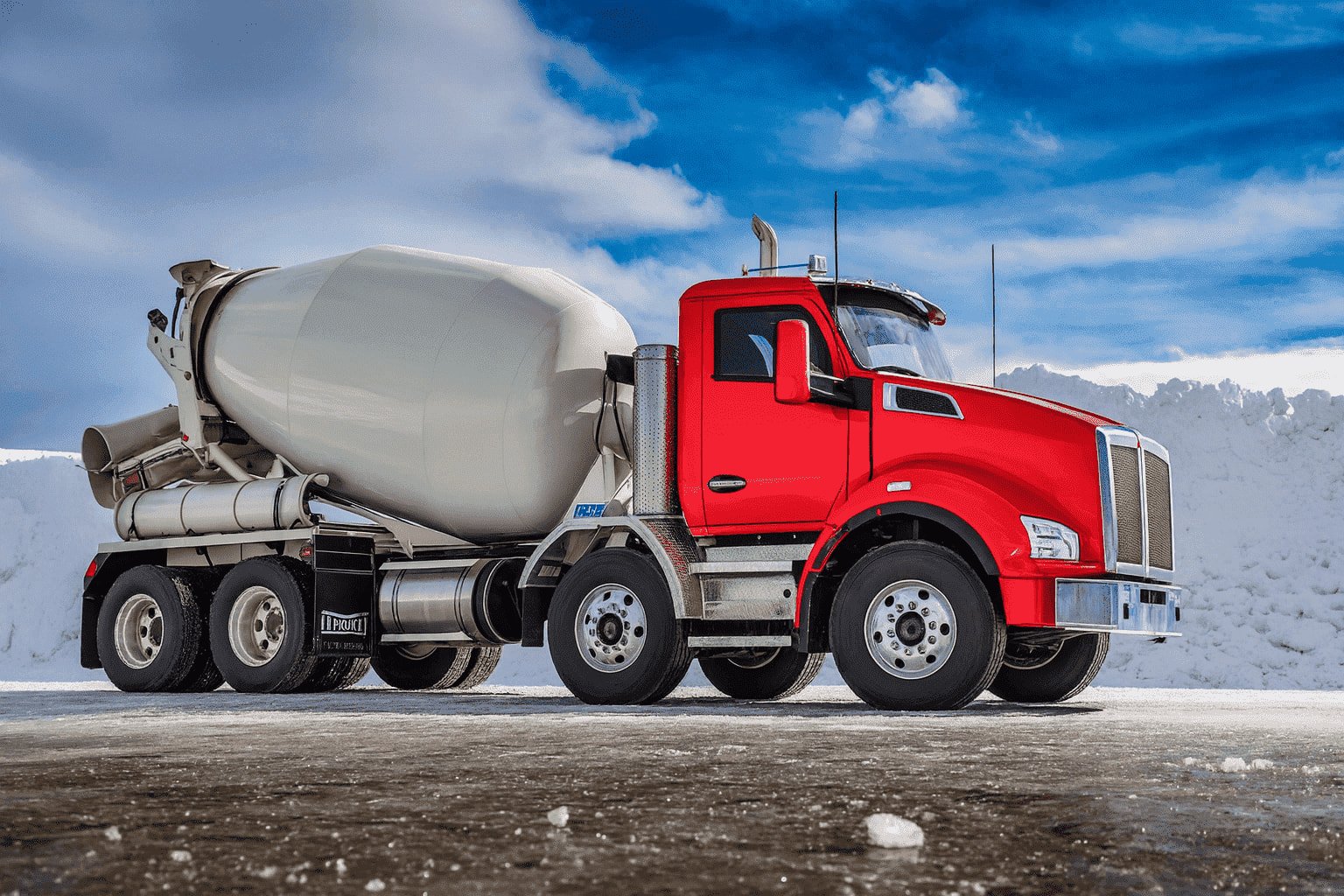
Key Differences:
- Cement:
- Composition: Fine powder of limestone and clay.
- Use: Binding agent in concrete and mortar.
- Mortar:
- Composition: Cement, sand, and water.
- Use: Bonding bricks, stones, and blocks.
- Concrete:
- Composition: Cement, sand, gravel, and water.
- Use: Structural applications like buildings, bridges, and roads.
Understanding these differences helps in selecting the right material for construction projects.

